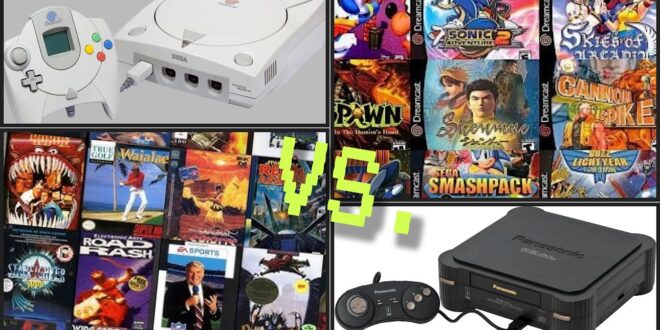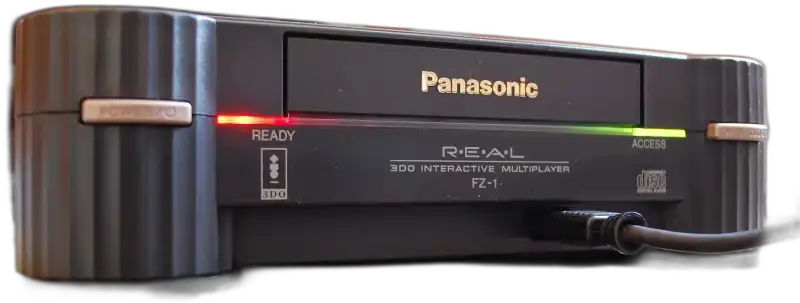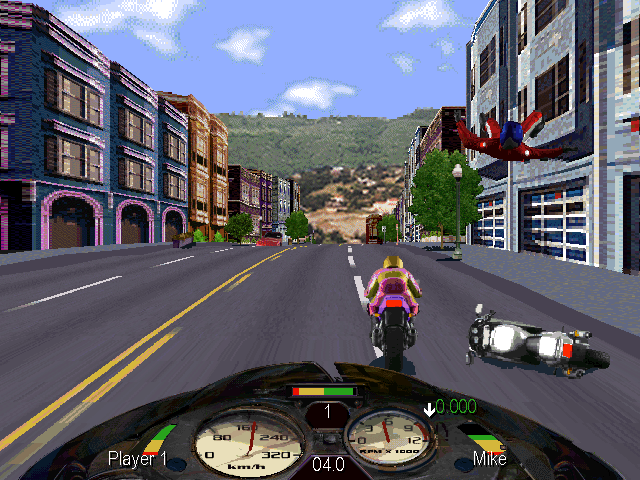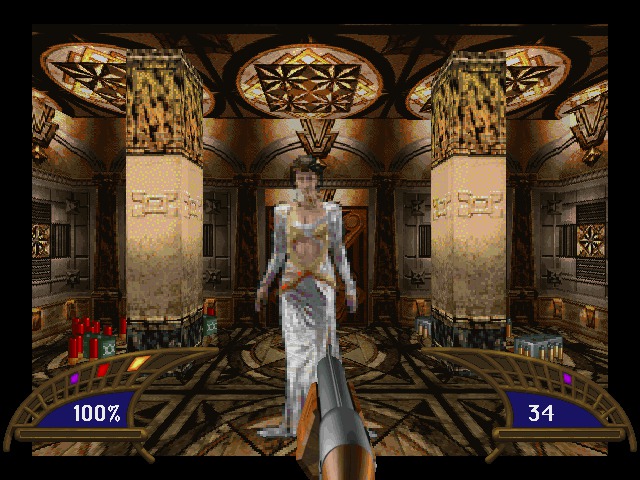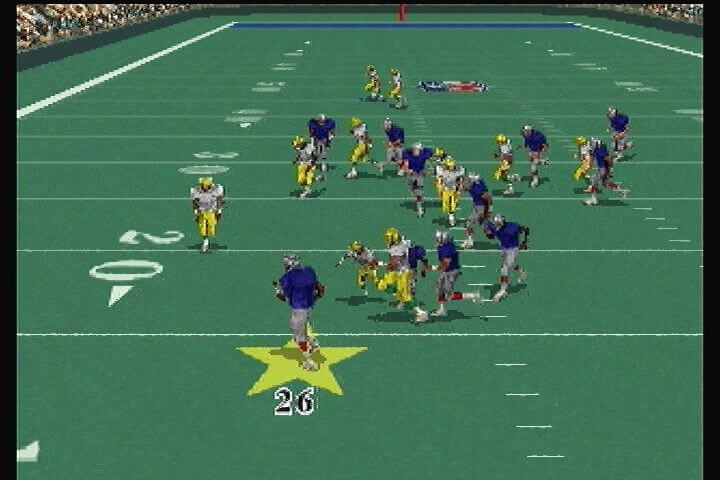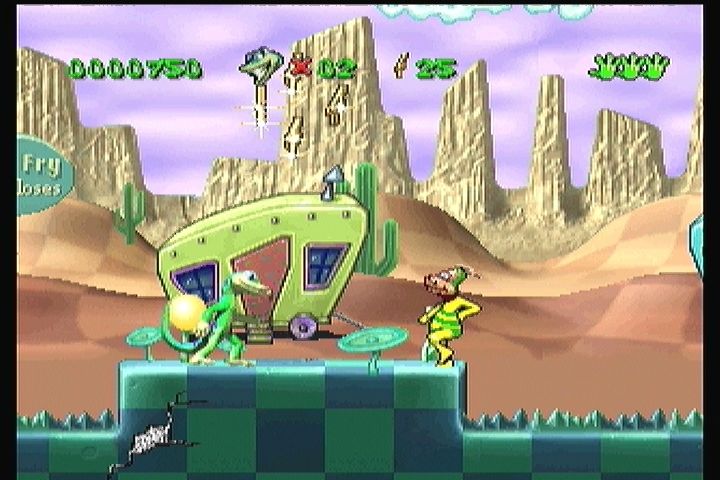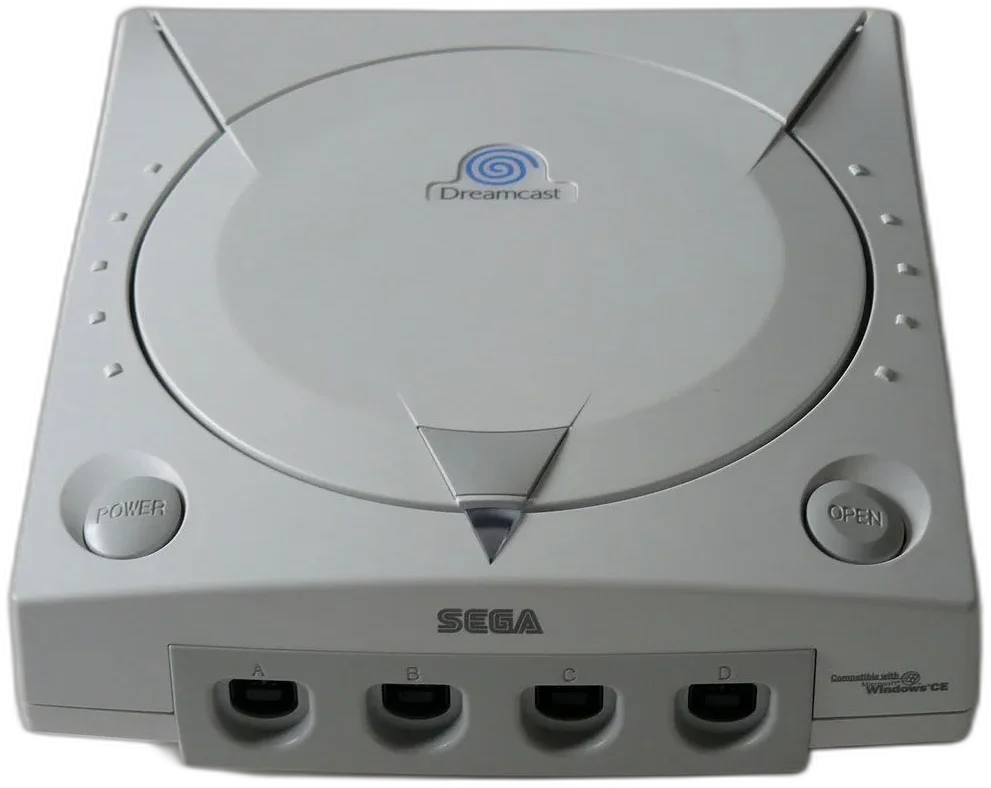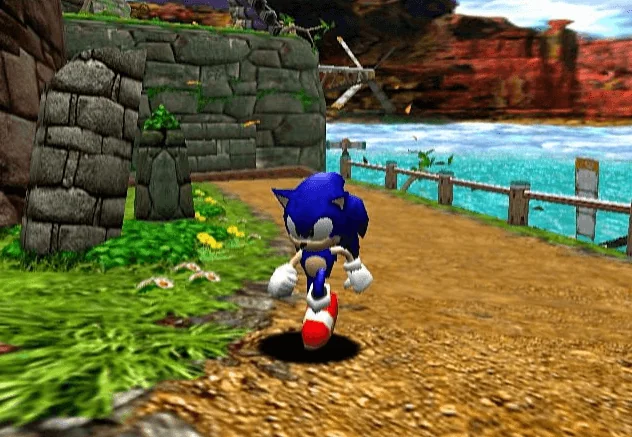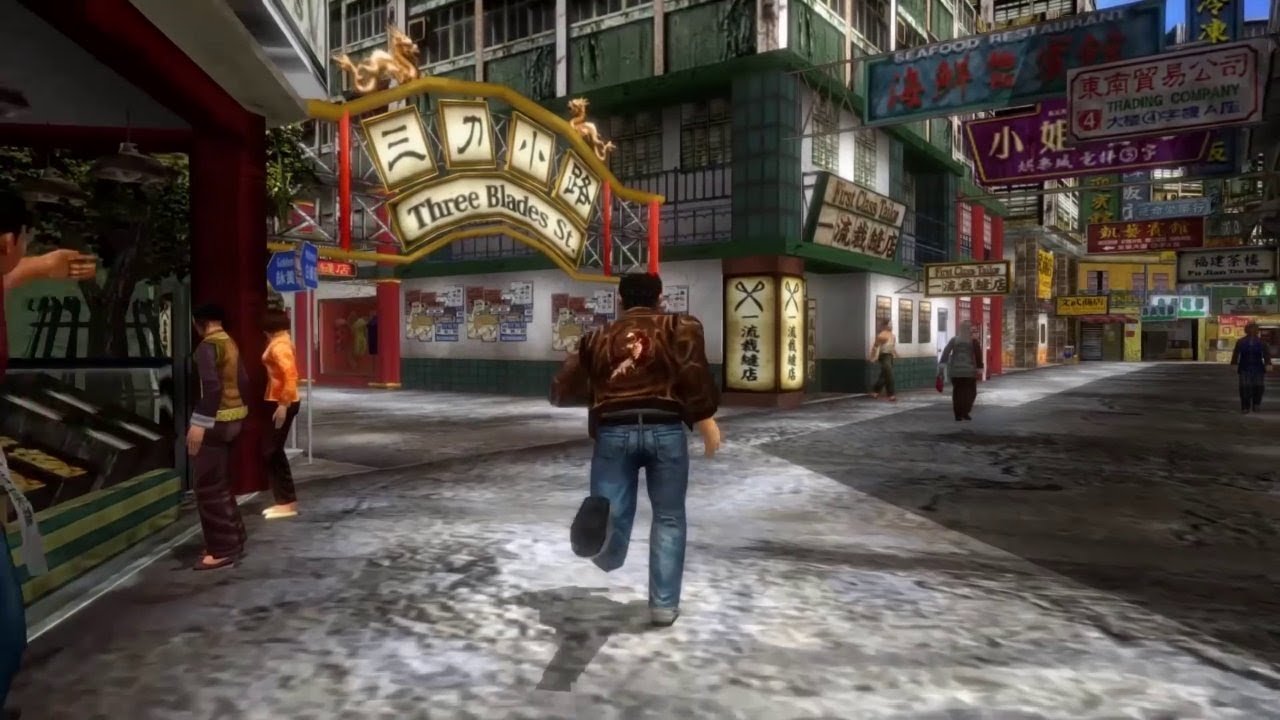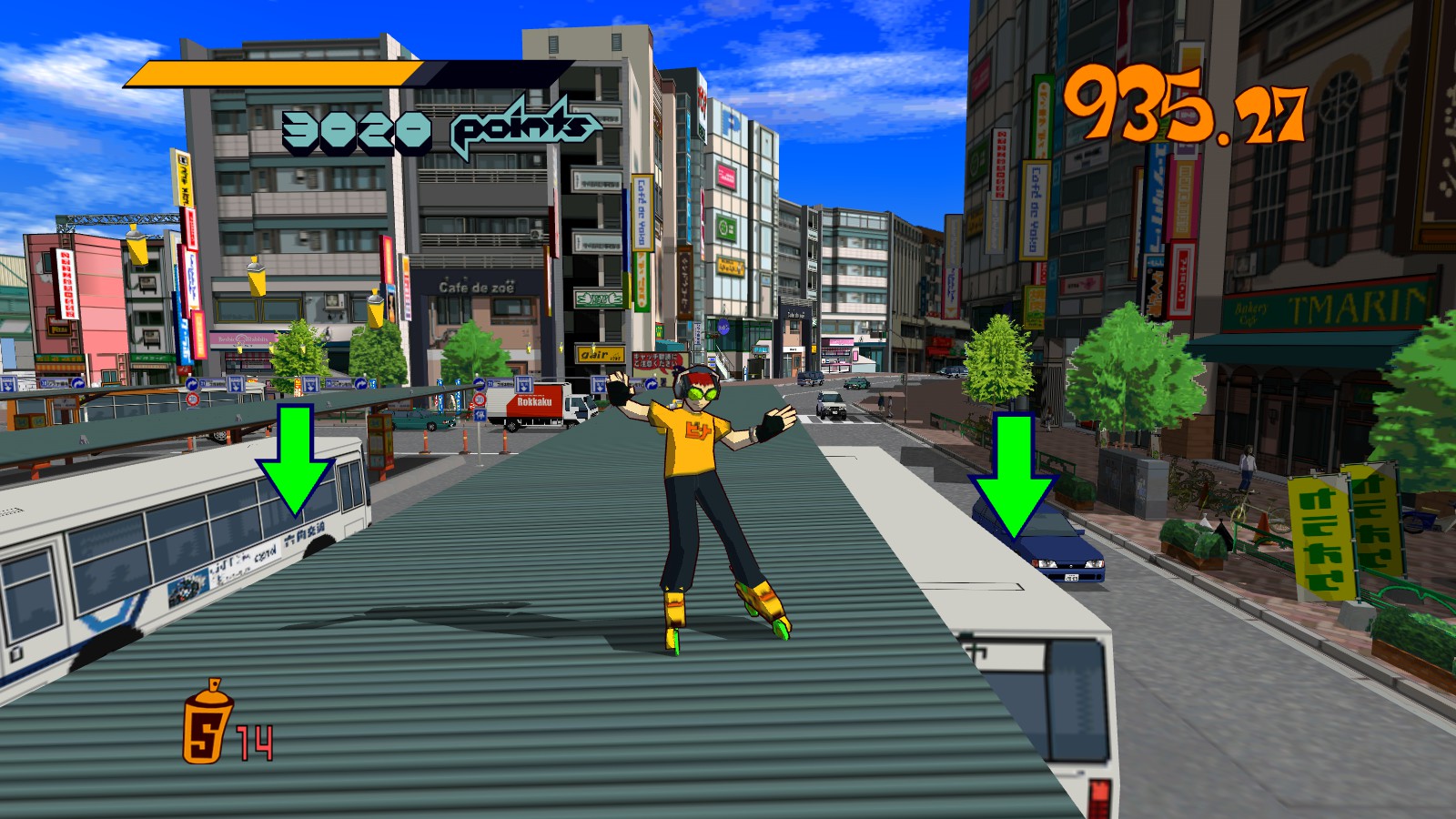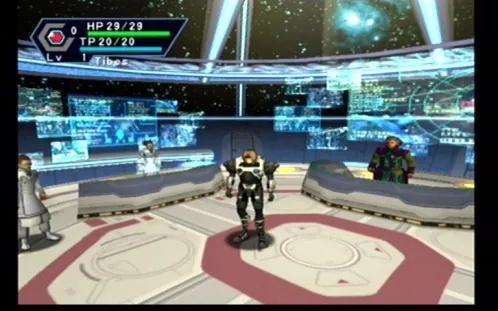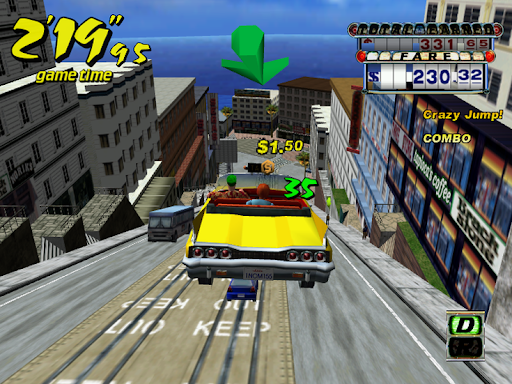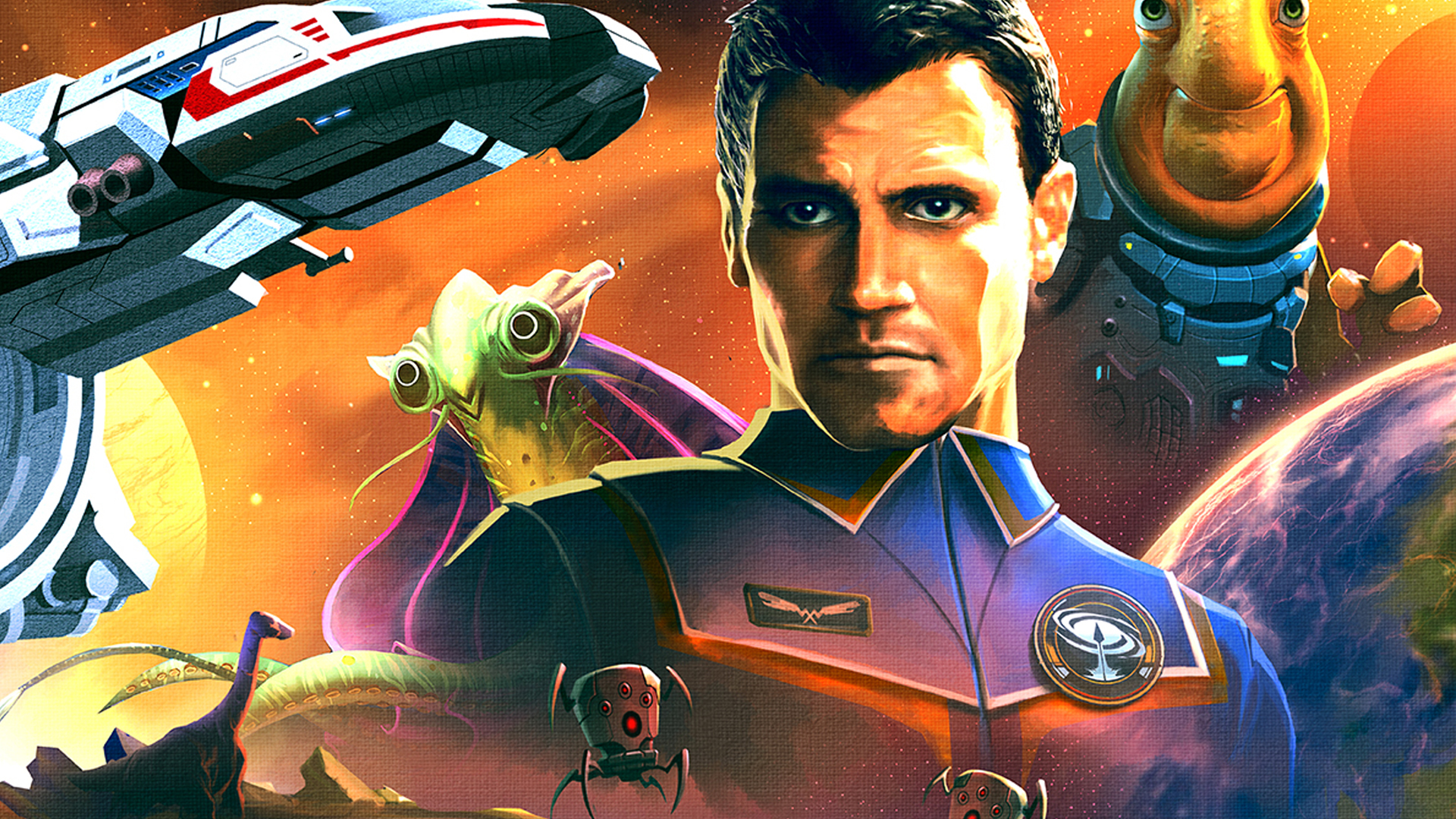3DO vs Dreamcast: Exploring the Technological Leaps of Two Revolutionary Consoles
Certain consoles stand out as true pioneers, pushing the boundaries of what’s possible in interactive entertainment. Two such systems that left indelible marks on the gaming landscape are the 3DO and the Dreamcast. Both were ahead of their time, introducing features and capabilities that would shape the future of gaming. But which one truly made the biggest technological leap? Let’s dive deep into the world of these revolutionary consoles and explore their impact on the industry.
(HEY YOU!! We hope you enjoy! We try not to run ads. So basically, this is a very expensive hobby running this site. Please consider joining us for updates, forums, and more. Network w/ us to make some cash or friends while retro gaming, and you can win some free retro games for posting. Okay, carry on 👍)
The 3DO: A Multimedia Marvel
Released in 1993, the 3DO was a significant step forward from its predecessors, ushering in a new era of home entertainment.
Technical Specifications:
- CPU: 32-bit RISC processor running at 12.5 MHz
- RAM: 2 MB
- Video RAM: 1 MB
- Resolution: 640×480 (capable of 640×240 in interlaced mode)
- Colors: 24-bit color (16.7 million colors)
- Storage: 2x CD-ROM drive
What Made It Special:
- 32-bit Architecture: The jump from 16-bit to 32-bit was monumental, allowing for more complex game designs and better graphics.
- CD-ROM Drive: This wasn’t just a step up; it was a leap. CD-ROMs could hold vastly more data than cartridges, enabling larger games with better audio and full-motion video (FMV).
- Advanced 3D Capabilities: Games like “Need for Speed” and “Shock Wave” showcased impressive (for the time) 3D graphics that were a significant improvement over 16-bit consoles.
- Multimedia Focus: The 3DO wasn’t just for games. It could play audio CDs, Photo CDs, and even Video CDs, positioning itself as a complete home entertainment system.
- High-Quality Audio: The system supported 16-bit stereo sound, a significant upgrade from previous consoles.
Notable Games:
- “Road Rash”: Brought motorcycle combat racing to life with improved graphics and sound.
- “Killing Time”: A first-person shooter that made extensive use of FMV.
- “Madden Football”: Offered a more realistic sports experience than ever before.
- “Gex”: A platformer that showcased the system’s capabilities with smooth animation and detailed environments.
- “Star Control II”: An expansive space exploration game that benefited from the CD-ROM’s storage capacity.
The 3DO Experience:
For many gamers, the 3DO represented their first exposure to CD-quality audio in games, full-motion video cutscenes, and more immersive 3D environments. The leap from the 16-bit era was palpable, with games looking and sounding better than ever before.
The Dreamcast: Sega’s Visionary Swan Song
Launched in 1998 in Japan and 1999 in the West, the Dreamcast was Sega’s final console, but it went out with a bang, introducing features that were years ahead of its time.
Technical Specifications:
- CPU: 200 MHz Hitachi SH-4 RISC processor
- GPU: 100 MHz PowerVR2 CLX2
- RAM: 16 MB
- Video RAM: 8 MB
- Resolution: 640×480
- Colors: 24-bit color (16.7 million colors)
- Storage: 1 GB GD-ROM
What Made It Special:
- 128-bit Architecture: This represented a massive jump in processing power, enabling more complex game worlds and smoother gameplay.
- Built-in Modem: Online gaming out of the box was revolutionary. The Dreamcast was the first console to truly embrace internet connectivity.
- VMU (Visual Memory Unit): This unique memory card had its own screen and could play mini-games, adding a new dimension to game saves and portability.
- Arcade-Perfect Ports: Games like “Soul Calibur” were indistinguishable from their arcade counterparts, bringing the arcade experience home.
- Progressive Scan Support: The Dreamcast was one of the first consoles to support 480p output, offering a crisper image for those with compatible TVs.
Notable Games:
- “Sonic Adventure”: Brought Sega’s mascot into the 3D world with style.
- “Shenmue”: An ambitious open-world game that pushed the boundaries of interactive storytelling.
- “Jet Set Radio”: Showcased the Dreamcast’s ability to render cel-shaded graphics, creating a unique visual style.
- “Phantasy Star Online”: Pioneered console online RPGs.
- “Crazy Taxi”: Delivered arcade-perfect gameplay with an open-world twist.
The Dreamcast Experience:
The Dreamcast offered experiences that felt genuinely next-gen. Its graphics were closer to the following generation (PS2, Xbox) than its contemporaries. The ability to play online, the innovative VMU, and the sheer power of the system created an experience that, for many, has yet to be replicated in terms of sheer “wow” factor.
Comparing the Leaps: A Deeper Look
Both consoles made significant jumps, but in different contexts and eras of gaming history.
3DO’s Leap:
- Generational Shift: The move from 16-bit to 32-bit was a massive change in the early ’90s. It opened up new possibilities in game design and visual fidelity.
- Storage Revolution: The transition to CD-ROM storage was groundbreaking. Suddenly, games could include high-quality audio tracks, voice acting, and extensive cutscenes.
- Introduction to 3D: While not the first console to do 3D, the 3DO introduced many gamers to more advanced 3D graphics and environments.
- Multimedia Integration: By positioning itself as a complete entertainment system, the 3DO expanded the concept of what a gaming console could be.
Dreamcast’s Leap:
- Processing Power: The jump to 128-bit was enormous, especially in 3D rendering capabilities. This allowed for more complex environments, smoother animations, and better physics.
- Online Revolution: Built-in online capabilities were a game-changer. This feature alone put Dreamcast years ahead of its competition and laid the groundwork for the connected gaming experiences we take for granted today.
- Visual Fidelity: The graphics were not just an incremental improvement but a generational leap. Games like “Soul Calibur” and “Shenmue” looked like they belonged on more advanced hardware.
- Innovation in Peripherals: The VMU was a unique innovation that added new dimensions to gameplay and game saves. Additionally, peripherals like the microphone for “Seaman” showcased the system’s versatility.
- Bridging Generations: The Dreamcast effectively bridged the gap between the fifth and sixth generations of consoles, offering experiences that felt more in line with early PS2 and Xbox titles.
The Verdict: Which Leap Was Greater?
While both consoles were impressive for their time, the Dreamcast arguably made the bigger technological leap. Here’s a detailed breakdown of why:
- Graphics and Processing Power:
- The jump from PS1/N64 era to Dreamcast was more visually striking than the leap to 3DO.
- Dreamcast games featured more complex 3D environments, higher polygon counts, and better textures.
- The system could handle more on-screen action without slowdown, a significant improvement over its predecessors.
- Online Gaming:
- This feature alone put Dreamcast years ahead of its competition.
- While the 3DO expanded what a console could do in terms of multimedia, the Dreamcast expanded where and how we could play.
- Games like “Phantasy Star Online” and “Quake III Arena” offered experiences previously reserved for PC gamers.
- Longevity and Relevance:
- Dreamcast games still hold up relatively well today, both visually and in terms of gameplay.
- Many Dreamcast titles have seen re-releases or remasters, indicating their enduring appeal.
- 3DO games, impressive as they were for their time, feel more dated in comparison.
- Industry Impact:
- The Dreamcast’s innovations had a more lasting impact on the gaming industry.
- Features like online play, downloadable content, and second-screen experiences (via the VMU) became standard in later console generations.
- Technical Achievement:
- While the 3DO was impressive for its time, it was also at the beginning of the 3D era, when the technology was still being figured out.
- The Dreamcast, on the other hand, refined 3D graphics and gameplay to a point that was nearly on par with early PS2 games, despite being released earlier.
Conclusion: Appreciating Two Pioneers
Both the 3DO and Dreamcast hold special places in gaming history, each representing significant leaps in technology and gaming experiences.
The 3DO paved the way for CD-based consoles, showcasing the potential of larger storage media for games. It introduced many gamers to the world of FMV, CD-quality audio, and early 3D gaming. Its impact on expanding the scope of what console games could be shouldn’t be understated.
The Dreamcast, however, feels like it made the more significant leap because it bridged the gap between two distinct eras of gaming. It was the last gasp of the classic console paradigm and a herald of the modern gaming age. Its online capabilities, graphical prowess, and innovative features set the stage for many aspects of gaming we now take for granted.
Ultimately, while the 3DO was a impressive step forward, the Dreamcast’s leap feels more significant because it not only improved upon existing technologies but also introduced entirely new ways to play and connect. It pushed the boundaries of console gaming in multiple directions simultaneously, leaving a legacy that continues to influence the industry today.
What are your thoughts? Did you experience either of these consoles firsthand? How do you think they compare to the technological leaps we see in gaming today? Share your memories and opinions in the comments below!
 Retro Replay Retro Replay gaming reviews, news, emulation, geek stuff and more!
Retro Replay Retro Replay gaming reviews, news, emulation, geek stuff and more!
